What this postseason has revealed about the state of the NHL
Two rounds are over, and the third's in full swing. What have we learned about the NHL through 72 playoff games? Let's dig into some big-picture observations ahead of Thursday's Game 2 between Carolina and Florida.
⭐ 3 skater-related trends
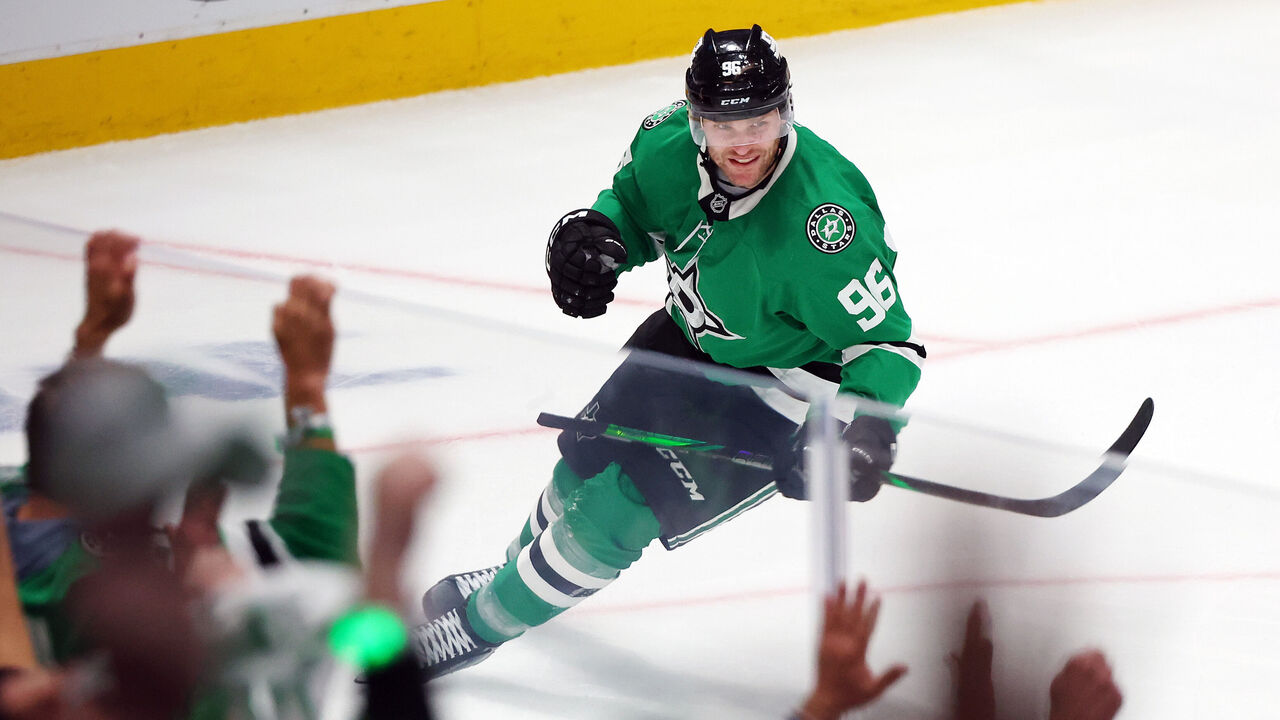
1. The NHL has gradually evolved into a league that orbits around the elite.
Yes, depth is vitally important, and by no means are NHL superstars impacting the game at the level of the NBA's megastars or the NFL quarterback. However, to my eye, a certain caliber of player - basically, the Connor McDavid, Leon Draisaitl, Nathan MacKinnon, Nikita Kucherov class - seems to be flat-out dominating games more frequently and with greater ease in 2025.
Mikko Rantanen's unbelievable seven-game heater of nine goals and nine assists against the Avalanche and Jets is a prime example. The Stars' front office looks brilliant for acquiring such a transcendent talent midseason.
A couple of crack theories: A diluted talent pool (expansion) and offense-friendly changes to the rulebook have created a star-friendly environment.
I don't have a bunch of stats to support my claim. But, as the chart below shows, the number of individual three-point games in an NHL season peaked during Wayne Gretzky's prime, then spiked again over the past four years.
2. Speaking of Rantanen, this is a golden age for Finnish hockey.
The country of 5.6 million is well represented in the conference finals, with 12 of its 43 NHL forwards and defensemen still competing for the Stanley Cup.
Dallas' lineup includes Rantanen, fellow first-liners Roope Hintz and Mikael Granlund, No. 1 defenseman Miro Heiskanen, and second-pair blue-liner Esa Lindell. Florida's got stud centers Aleksander Barkov and Anton Lundell, underrated winger Eetu Luostarinen, and big D-man Niko Mikkola. Carolina has Sebastian Aho and Jesperi Kotkaniemi. Edmonton rosters Kasperi Kapanen.
3. The NHL has always been welcoming to large defensemen. But the big dude can't be a sluggish, basic stay-at-home rearguard nowadays. He must be a strong, agile skater who uses his size to defend in different ways, whether outmuscling opponents or eliminating time and space through less forceful tactics such as a tight gap, angling, and stick checks.
There was a brief period when the league fixed its gaze upon small blue-liners for their puck-moving skills. The big boys went to work, became competent offensively, and have squeezed the little guys out. Check out the average heights and weights for each remaining team's blue line (top six defensemen):
- Hurricanes: 6-foot-1, 204 pounds
- Panthers: 6-foot-3, 208 pounds
- Oilers: 6-foot-3, 205 pounds
- Stars: 6-foot-4, 213 pounds
📉 Shots on goal declining
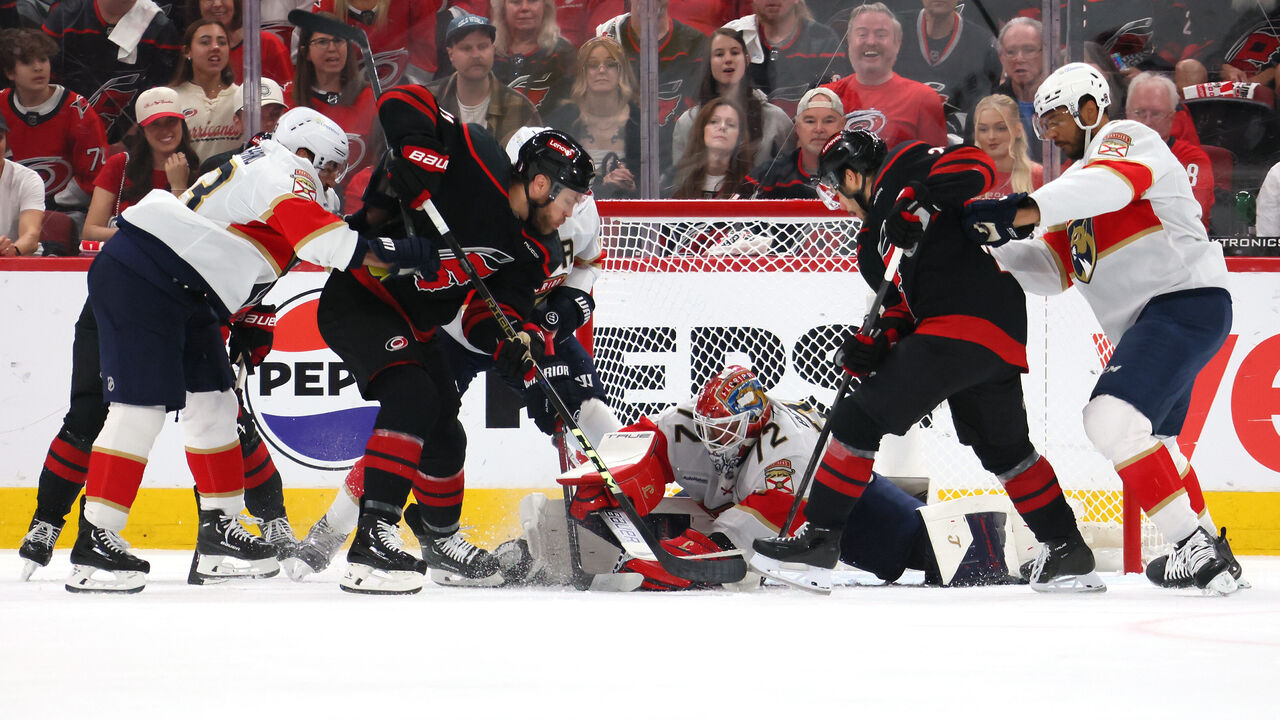
Game 1 of the Eastern Conference Final started frenetically, with both teams forechecking hard, delivering hits, and slinging pucks at the opposing goalie. About five minutes into the first period, Frederik Andersen gloved a Gustav Forsling point shot. As the whistle blew, I glanced at the scorebug in the top left corner of the broadcast and noted the shot counter. 1 Florida, 0 Carolina.
Wait, one shot on goal? Total? Really?!
It wasn't the first time I had this reaction in recent weeks. The shot counter hasn't matched the level of activity on the ice fairly often during the playoffs.
The NHL started tracking shot attempts in 2007-08, which means we have 18 seasons of data. The 2024-25 regular season and 2024-25 playoffs both rank dead last in shots on goal generated per 60 minutes, according to Evolving-Hockey. Through 72 postseason games, at least one team has been limited to 20 or fewer shots in 22 contests. Washington recorded a playoff-low 14 shots in its second-round opener.
Interestingly, 2024-25 sits at the other end of the spectrum in shot attempts generated per 60 - or the combined shots on goal, missed shots, and blocked shots in an average regulation game. The 2024-25 regular season and playoffs sit second and third, respectively, in attempts per 60 in the 18-season sample.
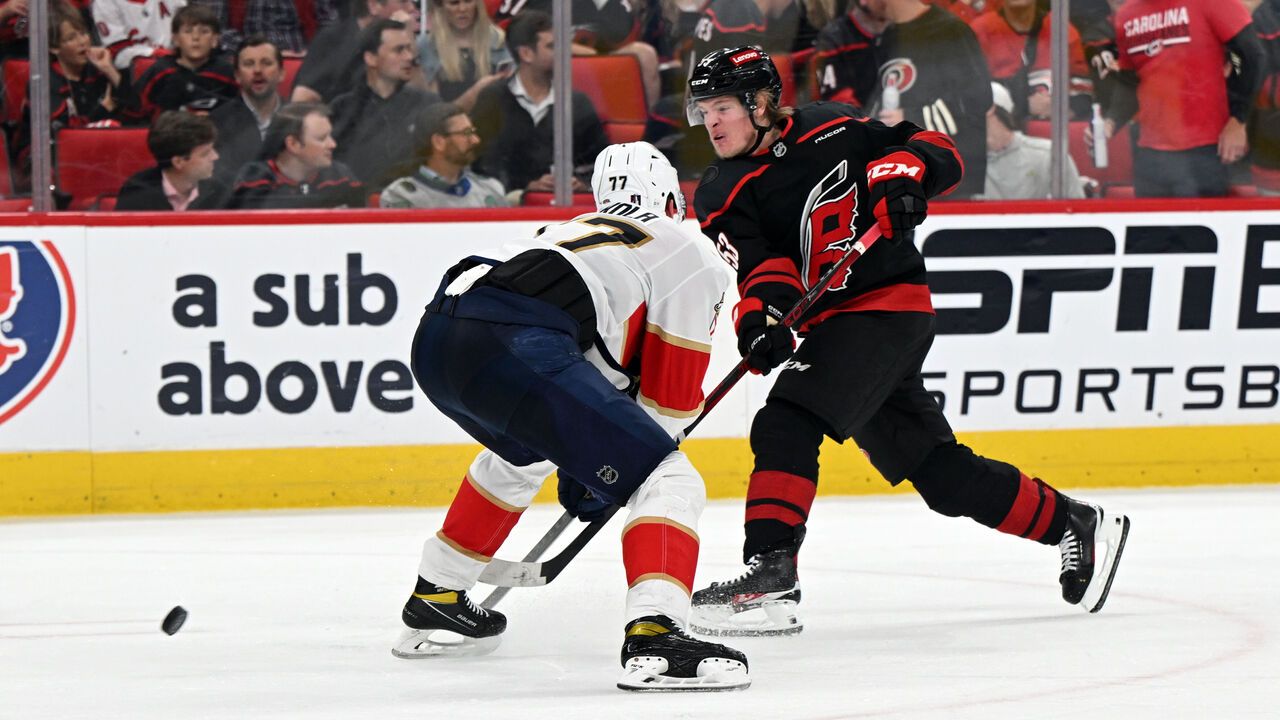
So, minimal shots on goal but loads of shot attempts. What's going on?
In short, shooters are missing the net and getting shots blocked by the other team at unusually high rates. Two factors come to mind immediately.
One, as ex-Flyers coach John Tortorella explained to me in January, NHLers have never been so willing to block shots or so good at clogging shooting lanes. Most clubs defend in layers, too, so it's become increasingly difficult to get the puck through to the goalie, even in a random regular-season game.
Two, the NHL is obsessed with grade A scoring chances. Attackers are pursuing the best possible scoring opportunity instead of settling for a low-percentage look such as an unscreened point shot. They miss the net often because they're being tricky (one-timer off east-west pass) or precise (picking a corner). Part of this is a response to how advanced goalies have become.
Perhaps unsurprisingly, each conference finalist sat near the top of the league in key shot quality categories during the regular season, according to Sportlogiq. Expected goals: Oilers second, Canes third, Stars fifth, Panthers seventh. Inner-slot shots: Stars second, Oilers third, Canes fourth, Panthers 12th.
🥅 Load management for the win
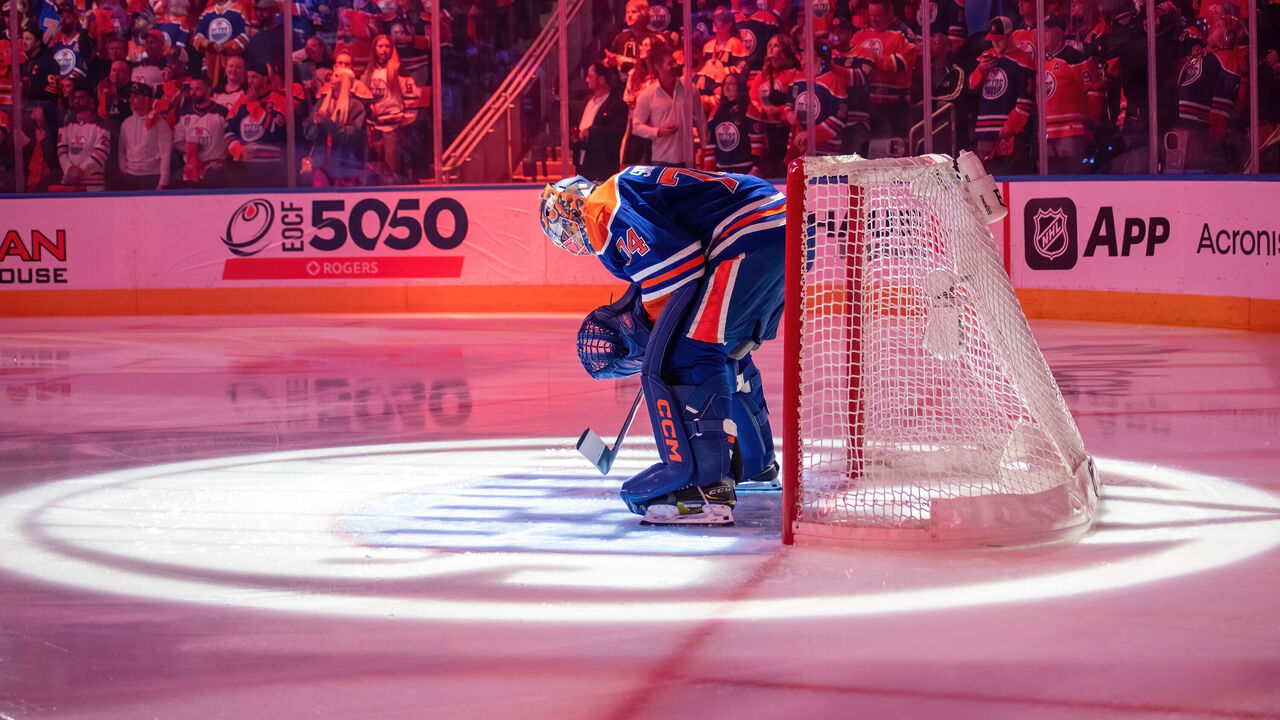
NHL teams have adopted a load management approach to goaltending over the past handful of years. While there are a few exceptions, most 82-game workloads are either split roughly down the middle between two netminders or divided up at about 50 starts for the No. 1 goalie and 32 for the backup.
The main objective is to keep the top goalie healthy and in peak form come playoff time, and it's proven to be a smart way of doing business. There have been 19 Cup winners in the salary-cap era, and only two had a goalie who appeared in 60 or more games during the regular season.
Here's the full list of Cup winners backstopped by goalies who played in at least two-thirds of regular-season games (minimum of 55 appearances):
- 2024 Panthers: Sergei Bobrovsky, 58 appearances
- 2022 Avalanche: Darcy Kuemper, 57
- 2015 Blackhawks: Corey Crawford, 57
- 2012 Kings: Jonathan Quick, 69
- 2011 Bruins: Tim Thomas, 57
- 2009 Penguins: Marc-Andre Fleury, 62
- 2007 Ducks: Jean-Sebastien Giguere, 56
Put another way, 12 of 19 winners were led by a goalie with 54 or fewer appearances.
Jake Oettinger (58 appearances), Bobrovsky (54), Stuart Skinner (51), and Andersen (22 due to injury) are the last goalies standing this year.
Now, there's no magic number here. The Stars may win the Cup with a 58-game goalie because teams reach the top of the mountain for a whole host of reasons, and those reasons change year to year. Still, the trend is undeniable: It's wise to carefully monitor your starting goalie's workload.
🤔 Carolina remains outlier
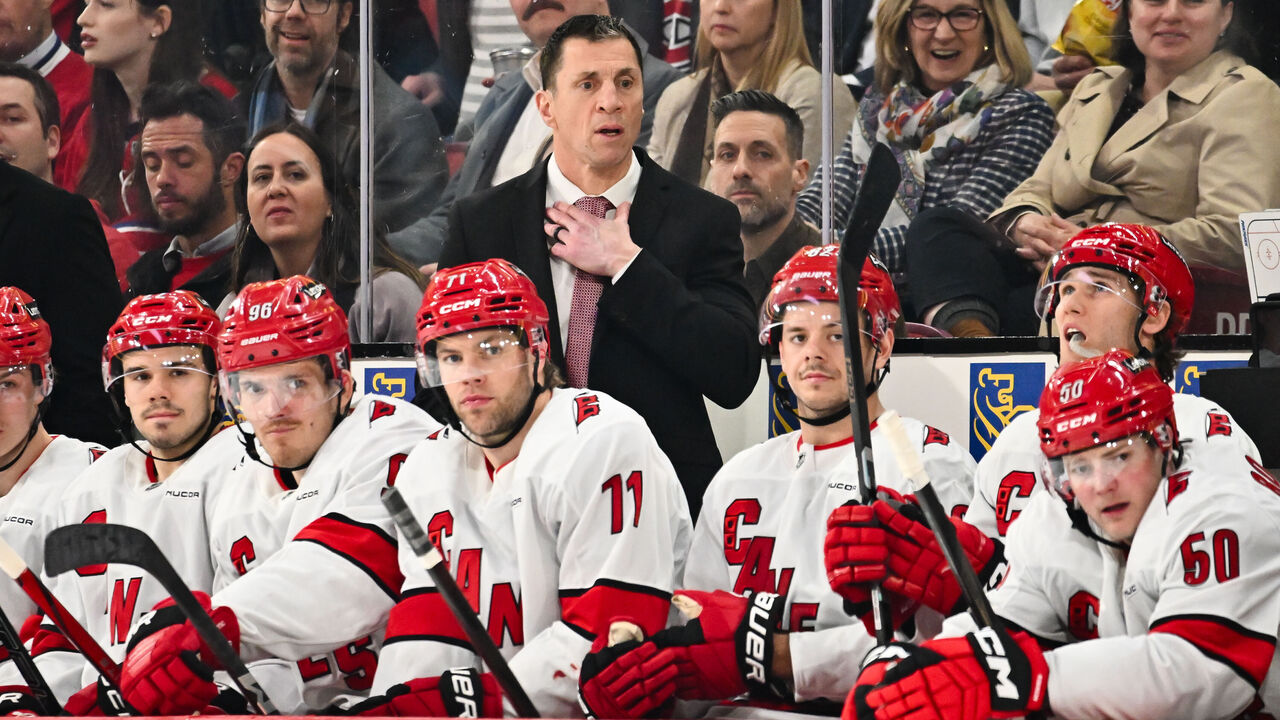
The Hurricanes are the NHL's most unique franchise. This isn't a new development, but every passing year provides additional reference points.
Nobody plays the game as aggressively as the Canes. Defense, offense, whatever, they never stop skating. It's an extreme example of a team buying into a specific style, from the front office to the coaches to the players.
Nobody's braintrust is as eclectic as Carolina's. Owner Tom Dundon is involved enough in the day-to-day activities that he'll study videos of prospects as if he were a scout. GM Eric Tulsky is a certified genius with a PhD in chemistry who views the sport through a different lens than most. One of his assistant GMs, Tyler Dellow, rose to prominence in hockey circles as a sharp analytics writer.
At the draft table, the Hurricanes aren't afraid to take chances on two riskier types of prospects: under-contract Russians and small, skilled forwards. They love swapping picks. In free agency, they unemotionally let veterans walk.
The NHL roster is missing an offensive superstar. The Hurricanes had one in Rantanen, of course, but traded him. Like it or not, Carolina's different than the rest.
John Matisz is theScore's senior NHL writer. Follow John on Twitter (@MatiszJohn) or contact him via email ([email protected]).
HEADLINES
- Flames' Kadri: 'I deserve a chance' to make Canada's Olympic team
- Red Wings sign Hamonic to 1-year, $1M contract
- Mammoth's Desnoyers expected to miss 12 weeks after wrist surgery
- Conroy: Parekh will have 'great opportunity' to make Flames
- Serge Savard: Hutson 'probably most talented' Habs player since Lafleur